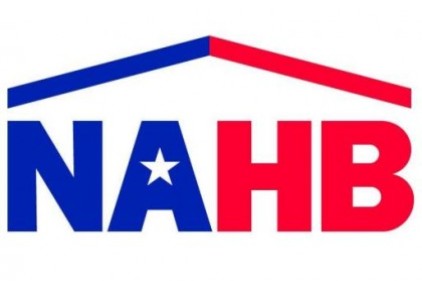In a victory for the environment, affordable housing and the nation's energy infrastructure, the National Association of Home Builders (NAHB), Utility Water Act Group (UWAG) and Wisconsin Builders Association have settled a longstanding lawsuit against the Environmental Protection Agency after the agency agreed to withdraw the numeric limit it developed to control stormwater runoff from construction sites and to pursue additional improvements to the 2009 rule.
The lawsuit had noted that the EPA's numeric limit would have cost stakeholders up to $10 billion a year in attempts to comply - and that coming up with a number that would work across all geographic areas and soil types would not be possible.
NAHB and UWAG have been closely involved in EPA's efforts to develop appropriate controls for construction and development industry stormwater discharge for more than 15 years. For UWAG, the focus has been on the particular impacts of EPA's rule on linear gas and electric utility projects, such as the construction of new transmission and distribution lines. For the home builders, the focus has been on the challenge associated with meeting a numeric limit across all construction sites.
"NAHB supports responsible development and the goals of the Clean Water Act. We are relieved that the agency is taking a common-sense approach to this rulemaking, and we will continue to work with state and federal regulators to keep our waterways clean," said NAHB Chairman Barry Rutenberg, a home builder from Gainesville, Fla.
Ray Butts of NextEra Energy, Chair of UWAG's Policy Committee, echoed Rutenberg's comments, adding: "We appreciate the agency's efforts to work with all of us to address specific problems in the underlying rule that - if unresolved - would have led to significant and unnecessary cost, engineering and energy impacts with no appreciable environmental benefit."
In addition to withdrawing the numeric limits, EPA has agreed to clarify the non-numeric portion of the rule so that land developers, permit writers and inspectors better understand what measures are required to help protect the nation's waterways.
In December 2009, under court order, the agency finalized Effluent Limitation Guidelines (ELGs) for the construction and development industry to establish the minimum technology required to control the impact of stormwater runoff. EPA established both numeric limits and best management practices, such as silt fences, for certain active construction sites.
NAHB, UWAG and the Wisconsin builders challenged the rule shortly after it was issued. Pursuant to the parties' settlement agreement, EPA has agreed to sign a notice of proposed rulemaking to amend its 2009 rule by April 15 and agreed to take final action on the proposed rule by Feb. 28, 2014.
"NAHB will continue to educate its members about the importance of regulatory compliance as they build new homes," Rutenberg said. "At the same time, we will remain vigilant about the costs of compliance and help ensure that the money is well spent - because the cost is reflected in the price of a new home."
Butts noted that this is just one of several significant EPA proceedings affecting the electric power industry. "We remain hopeful that the parties' common-sense solution here will be a bellwether of things to come in the agency's other rulemakings."
"This settlement is a win for the environment and for the recovering economy," said Wisconsin Builders Association Executive Vice President Jerry Deschane. "The proposed numeric limits were a 'one-size-fits-nowhere' approach that would have cost a fortune to implement and would not have improved water quality. Common-sense best management practices and understandable regulations are the best path to achieving the goals of the Clean Water Act and maintaining housing affordability."




